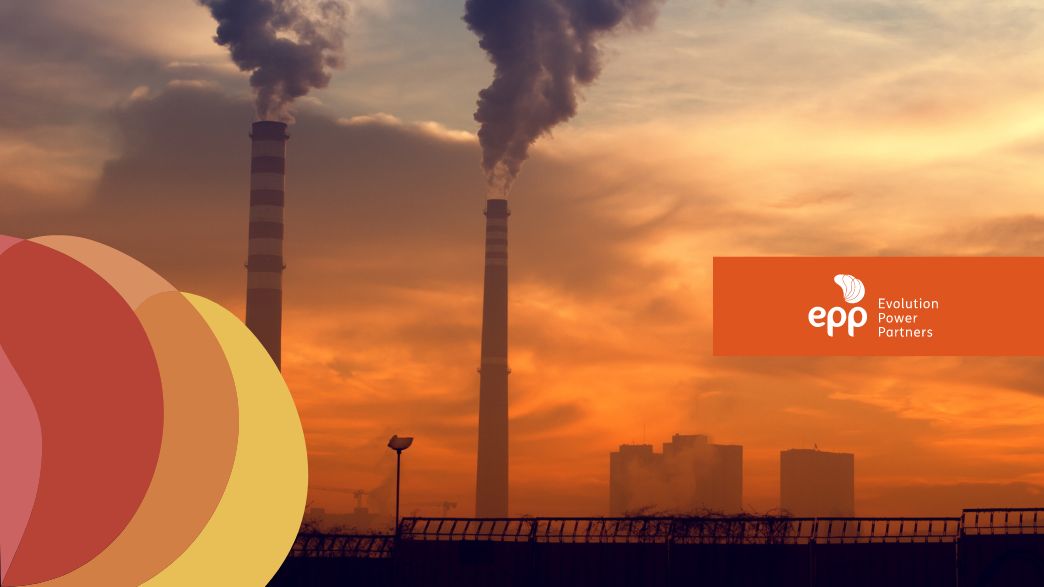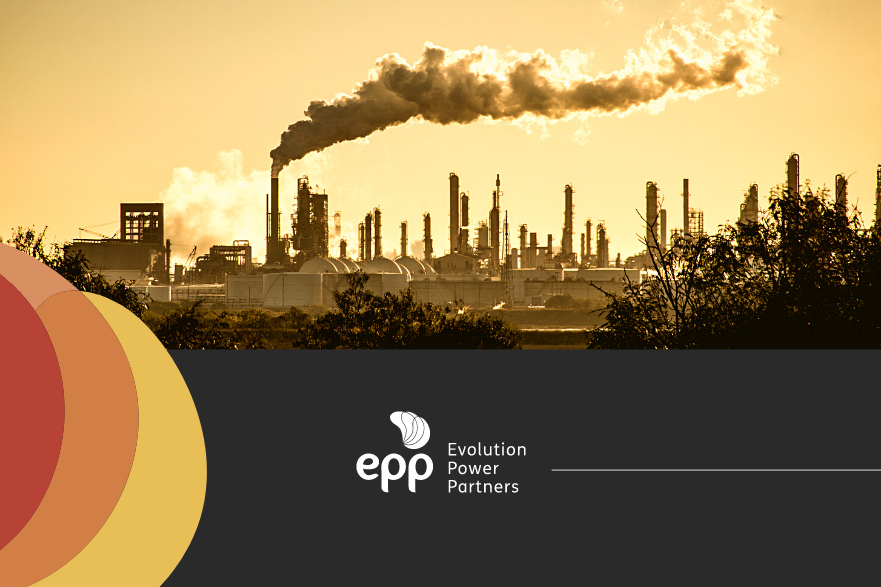Emissions from the energy sector are expected to decline this year, driven by reduced demand and a slowing economy due to inflation.
In 2022, even with increased energy demand in some countries, emissions from the energy sector are expected to decrease. The data is from the International Energy Agency (IEA) Electricity Market report, which points to a drop in overall global electricity demand of 2.4%. Thus, the values should pull emissions from the energy sector down, pointing to a decline of 0.5%.
Emissions from the energy sector
With the economy resuming in 2021, after the Covid-19 outbreak in 2020, carbon emissions from the energy sector hit records. The use of coal was the main factor for the increase of 6%, reaching the historic mark of 36.3 billion tons of CO2 emissions.
Research conducted by the IEA showed that the increase in global CO2 emissions of 2.1 billion tonnes was the largest in history in absolute terms, more than offsetting the pandemic-induced decline of 1.9 billion tonnes in 2020.
The recovery of global CO2 emissions above pre-pandemic levels was largely driven by China, with an increase of 750 million tonnes between 2019 and 2021.
For 2022, emissions are expected to decline due to sluggish economic growth with high world inflation and higher energy costs due to the war in Russia and Ukraine. The war also put some countries in a delicate situation. With the reduction of Russian gas supply, in order not to run out of energy, some countries are using coal.
Renewables as a solution and Brazil
For 2023, the expectation is for a reduction of 1% with the movement of demand and matrix change. In the renewables industry, the IEA points out that capacity additions will lead to a growth of around 10% in generation in 2022. While nuclear and gas generation are expected to see drops of 3% and 2.6%, respectively.
In the case of Brazil, the electricity and energy matrix are already quite renewable, with clean sources as a focus for investments. According to the IEA, Brazil, which until June 2022 recorded an annual increase of around 2% in electricity demand, had forecasts revised downwards, with negative expectations about the economy.
The prospect of almost 4% growth in demand in 2022 has dropped to 1.5%, followed by 2.3% in 2023, which should keep emissions from the energy sector within the expected level.
What happens is that the country is a big polluter in other areas. The study carried out by the international think tank Carbon Brief, pointed out that the five countries that polluted the most since the Industrial Revolution, from 1850 to 2021, are: USA, China, Russia, Brazil and Indonesia.
In Brazil and Indonesia, most emissions come from clearing forests and using land for livestock and agriculture and not from burning fossil fuels, as with other major polluters.
To learn more about climate change and CO2 emissions, check out the main points from the latest IPCC report.






